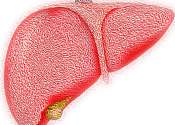Ketogenic diets alter gut microbiome in humans, mice
Low-carb, high-fat ketogenic diets, which have attracted public interest in recent years for their proposed benefits in lowering inflammation and promoting weight loss and heart health, have a dramatic impact on the microbes ...
May 20, 2020
5
4847









